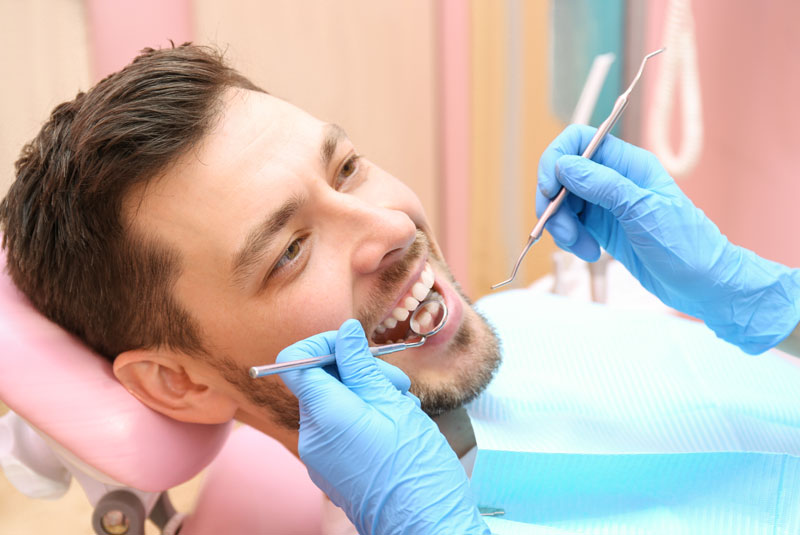Benign conditions of the oral cavity can often mimic precancerous or cancerous lesions. Oral cancer screenings should be performed at least once per year, and more often if you are at an elevated risk of developing oral cancer. Your doctor may perform a number of tests or exams to determine the cause of any symptoms that you are experiencing and to diagnose the disease. Typically, a visual screening is first conducted to identify any abnormal areas. Intraoral pictures are often taken to help document the appearance of the lesion on that specific date. A biopsy or tissue removal is usually the best way to determine a diagnosis, as the sample is sent to a pathology laboratory for analysis.
Treatments vary depending on the type of disease that is present. The specific needs of each patient will be addressed on a case by case basis in order to achieve the best results. Some treatments involve the excision of a lesion, while others may require the involvement of other specialists, such as an oral surgeon or ear, nose and throat practitioner. Our office is dedicated to making any procedure performed as comfortable as possible.
It is a good idea to become familiar with the structures in your mouth so that you may be able to identify any areas that do not seem normal. Conducting periodic self-oral cancer screenings between dental exams can potentially help to diagnose areas of concern in the early stages of growth. Many forms of oral cancer are successfully treated when detected and diagnosed early.

